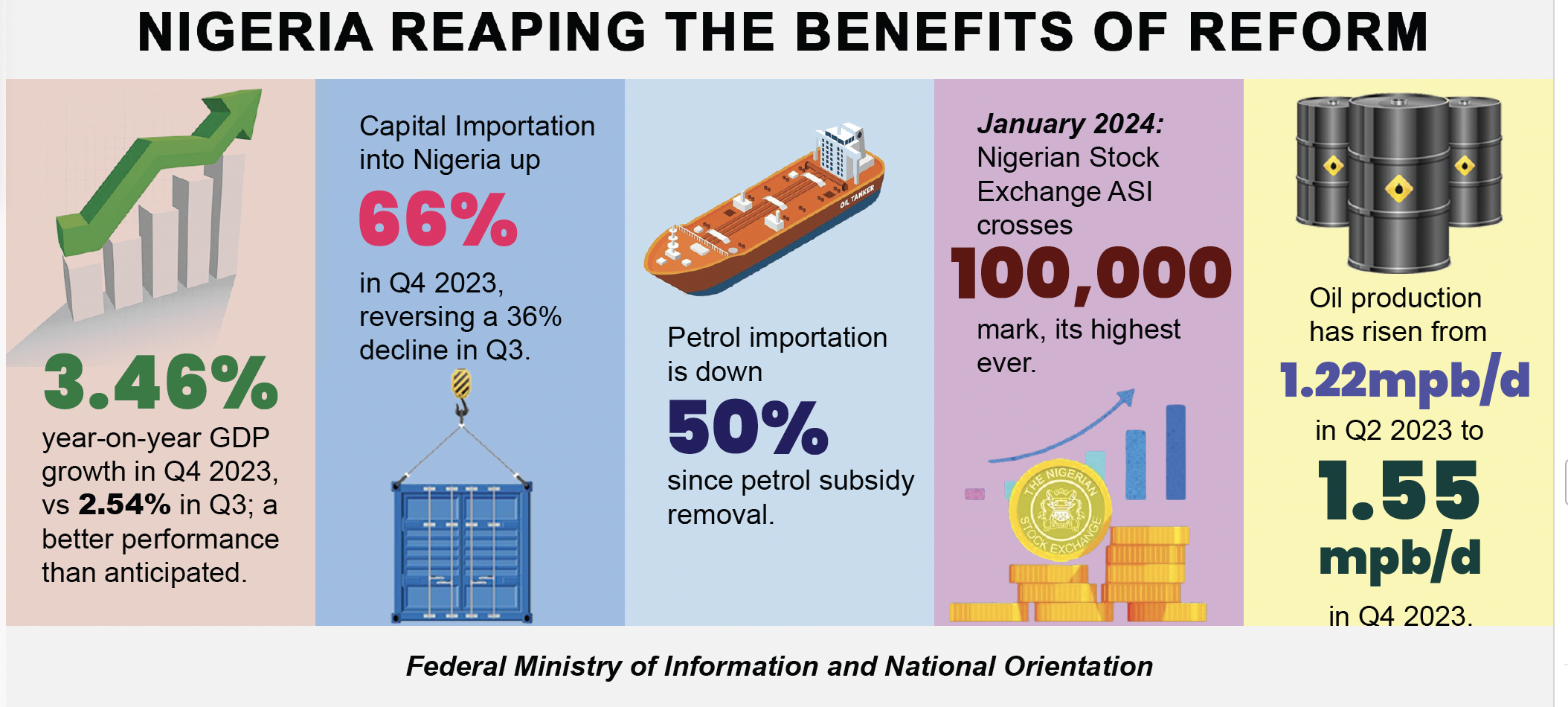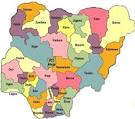The Situation Analysis (SitAn) of Children in Nigeria Report has identified some of the reasons why 53.9 percent of children in the country are multi-dimensionally poor.
The report, launched during the 2024 World Children’s Day celebration on November 20, is a policy document prepared by the Federal Government with support from the United Nations Children’s Fund to identify and understand specific child issues.
According to the report, corruption, unemployment, lack of political will, violence and insurgency and inadequate investment in social sectors play significant roles in making Nigerian children poor.
It added that displacement and resettlement place additional pressure on existing resources, further exacerbating child poverty in Nigeria.

- Fidelity Bank records 238% oversubscription in first phase of equity capital raise
- Akwa Ibom doles out N550m farmers, business owners, others
- Late HoS: Sanwo-Olu, Fashola, Speaker pay last respect
- Otu orders expanded healthcare for vulnerables, sponsor six-year old strangulated hernia surgery
- Baba Ijebu mourns as Ogun top monarch, Oba Idowu-Basibo, joins ancestors
The report defined child poverty as “a situation where children experience deprivation of the material, spiritual and emotional resources needed to stay alive, develop and thrive, thus leaving them unable to enjoy their rights, achieve their full potential and participate as full and equal members of society”.
The report stated that the seven poverty indicators for children are: health, water, sanitation, nutrition, shelter, education and information.
Explaining the Multidimensional Poverty Index analysis, the report noted that across the 36 states of the federation and the Federal Capital Territory, disparities exist in the multi-dimensional poverty of children.
It added: “In Osun State, the incidence of poverty was lowest at 17.5 percent, incidence of deprivation was 35.5 percent and the Human Development Index ranking was 14th in Nigeria.
“In Sokoto State, the incidence of poverty was very high at 89.9 percent, incidence of deprivation was 50.4 percent and the HDI ranking was 37 percent.
“In Lagos State, poverty incidence was 27.8 percent, incidence of deprivation was 36.8 percent, while the HDI ranking was one per cent.”
The report indicated that when disaggregated by rural and urban, 29.7 percent of urban children were multi-dimensionally poor against 65.7 percent of rural children.
It added that children living in Sokoto State 80.4 percent, Kebbi State 74.9 percent and Zamfara State 74 percent were worse off, experiencing the highest multidimensional deprivation.
“On the other hand, less than 20 percent of children living in Edo (19 percent) and Lagos State (17.3 percent) were multi-dimensionally poor.
“Multi-dimensionally poor children living in Sokoto State deprived in 74.1 percent of the total number of deprivations compared to 57.7 percent of children living in Lagos.”
It said that households with higher numbers of members and/or children show higher multidimensional deprivation rates than smaller households.
It also implied that children in homes with uneducated household heads and/or mothers are more likely to be multi-dimensionally poor compared with children whose household heads attained secondary or higher education levels.
It stated that a larger proportion of children with illiterate mothers are multi-dimensionally poor than children with literate mothers.
The report stated: “A striking case of multiple deprivations among children can be observed in the case of Almajiri children.
“These children are always on the move and are deprived of decent living conditions, good food and nutrition, water and basic sanitation, access to healthcare facilities, access to education and parental care.
“They are also deprived protection from violence and abuse, participation in decisions affecting their lives, and are often subjected to child labour and abuse.
“They are also taken advantage of during times of conflict and often obliged to carry arms.”
To ameliorate the situation, the report recommended that stakeholders should play certain roles.
It said that family and close caregivers should play crucial roles in alleviating child poverty and securing protection for children.
The report notes that children in poverty depend greatly on the existence of public healthcare, education and social services to develop capabilities and learn to function.
It added that these institutions and their programmes therefore must be inclusive and structured in an affordable and accessible way and be used by children who need them.
It said: “Effective governance at all levels will ensure sound policy, equitable spread and judicious use of resources for investments that enhance household livelihoods, reduce poverty and foster the rights of children.
“Government needs to support families and households by providing a minimum income that is sustainable to ensure that financial barriers do not prevent children from reaching their potential.”
The News Agency of Nigeria reports that SitAn was first published in 2022 primarily based on household survey data from the Multiple Indicator Cluster Survey (MICS 2016-2017) and the Demographic and Health Survey (DHS 2018).
An updated version was published and launched in 2024 to support the government’s efforts to shape policies and shift investment patterns to benefit Nigerian children.


